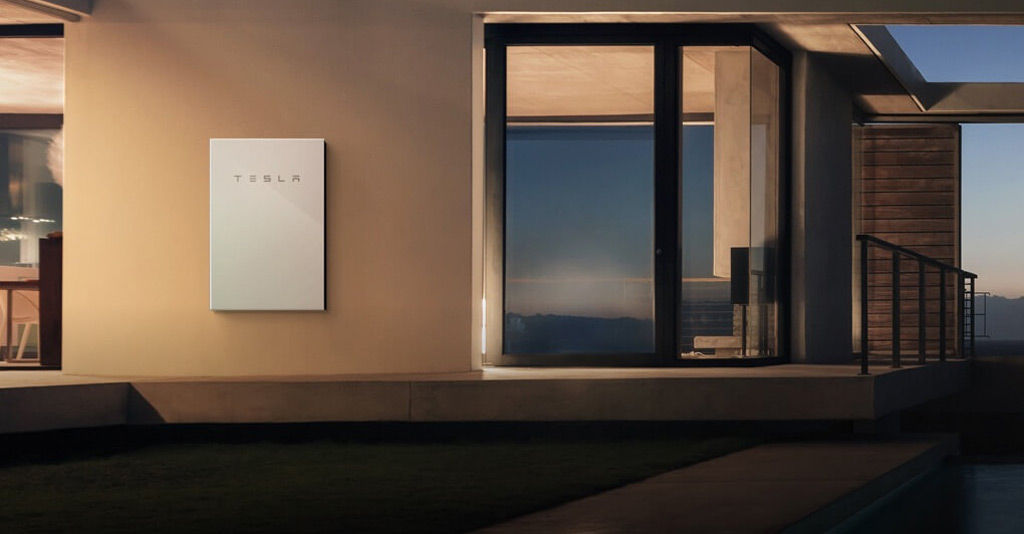Tesla is widely perceived as being on the leading edge of electric vehicle efficiency, and it’s long claimed to also be an energy company, not just a car company.
Capability that might turn its EVs into rolling backup-power banks might seem like the logical next step. Until now, Tesla has shied away from the possibility of deploying bidirectional charging technology, often termed vehicle-to-grid or V2G tech, in its vehicles.
As part of Tesla’s Investor Day Wednesday, which provided a look at the company’s strategy years into the future, Drew Baglino, the company’s Senior Vice President for Powertrain and Energy Engineering, added some insight about why Tesla’s vehicles still don’t have this feature.
“It wasn’t like a conscious decision to not do it; it just wasn’t a priority at the time,” explained Baglino, responding to a question on the feature. “As we continue to improve the power electronics in our vehicles, we’ve found ways to bring bidirectionality while actually reducing the cost of power electronics in the vehicle.”
That, Baglino explained, goes along with Tesla’s goal of getting more with less. He added that Tesla is in the middle of retooling its power electronics to bring that functionality to all of its vehicles over about the next two years.
Tesla charging

Tesla charging
Selling Powerwalls has also been part of the model, though. And as CEO Elon Musk pointed out, it seems that a Powerwall makes more sense for home backup.
“I don’t think very many people are going to use bidirectional charging unless you have a Powerwall,” said Musk. “Because if you unplug the car your house goes dark—and this is extremely inconvenient.”
“Most of the value comes in charging the car at the right time; it’s not really about sending energy the other way,” Baglino added.
The Tesla executive has a point. Smart charging that coordinates it all, as studies have found, may mark the difference between getting by just fine with renewables or requiring them to fire up polluting “peaker” power plants for high-load days.

Tesla charging
That’s the emphasis of a new rule from the California Public Utilities Commission, issued last year, that will establish metering making it easier to establish time-of-use rates, which the state sees as very important for making the state’s energy mix greener.
Some other companies invested in bidirectional charging have claimed that there may be financial advantages for owners willing to embrace the tech, however. According to Fermata Energy, in a recent presentation to the CHAdeMO Association trade group, a bidirectional charger could earn up to $15,000 over 10 years by discharging power back to the grid during peak hours and charging back up during off-peak hours. Such arrangements—and the actual mechanism to accomplish these gains—are still being worked out by utilities, so for now they’re the stuff of fleets and pilot programs.
A wide range of electric vehicles that have arrived over the past couple of years have offered bidirectional charging—or at least confirmed that the hardware is there and ready. The technology will be software-enabled in the Lucid Air and Volvo EX90, for instance, and it was built into Hyundai’s E-GMP platform for EVs, so models like the Hyundai Ioniq 5 and Kia EV6 could potentially be enabled for it (or retrofitted). And the Ford F-150 Lightning already offers a complete Home Integration System that lets the electric truck power a house for days.
The Nissan Leaf has been bidirectional-capable since 2013, not long after its original introduction, and its CHAdeMO interface accommodated the tech from the start. While there were other deployments of the tech globally, Fermata started offering the first factory-approved bidirectional charger for the Leaf just last year.

Tesla Powerwall 2.0
“If you have a Powerwall that can take that house load, then you can use your car as a supplementary energy source to the Powerwall and then you know you’re not going to drive everyone crazy by unplugging your car and having the house go off,” reasoned Musk. “So I think there’s some value there as a supplemental energy source down the road, where if you have a Powerwall you’ve not diminished the convenience of the people in the house.”
Although Musk omitted one key detail: the sheer size of the battery pack, especially in a Long Range EV. Tesla lists today’s Powerwall as having 14 kwh of total energy and 13.5 kwh of usable capacity. But being able to plug a 100-kwh Model S or Model X into the Powerwall would bring a higher level of available capacity—and days of backup power, potentially—when it’s absolutely needed.
